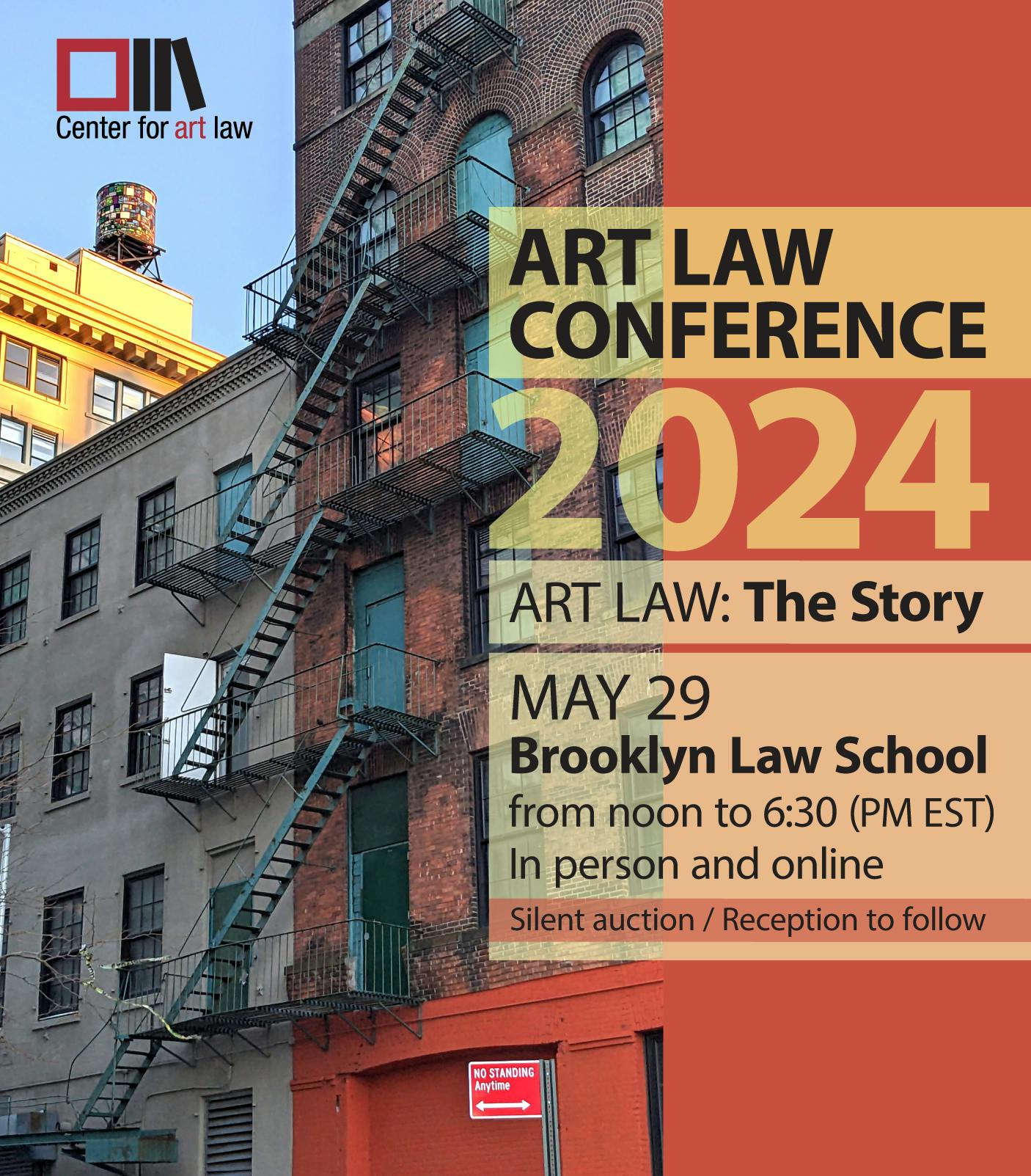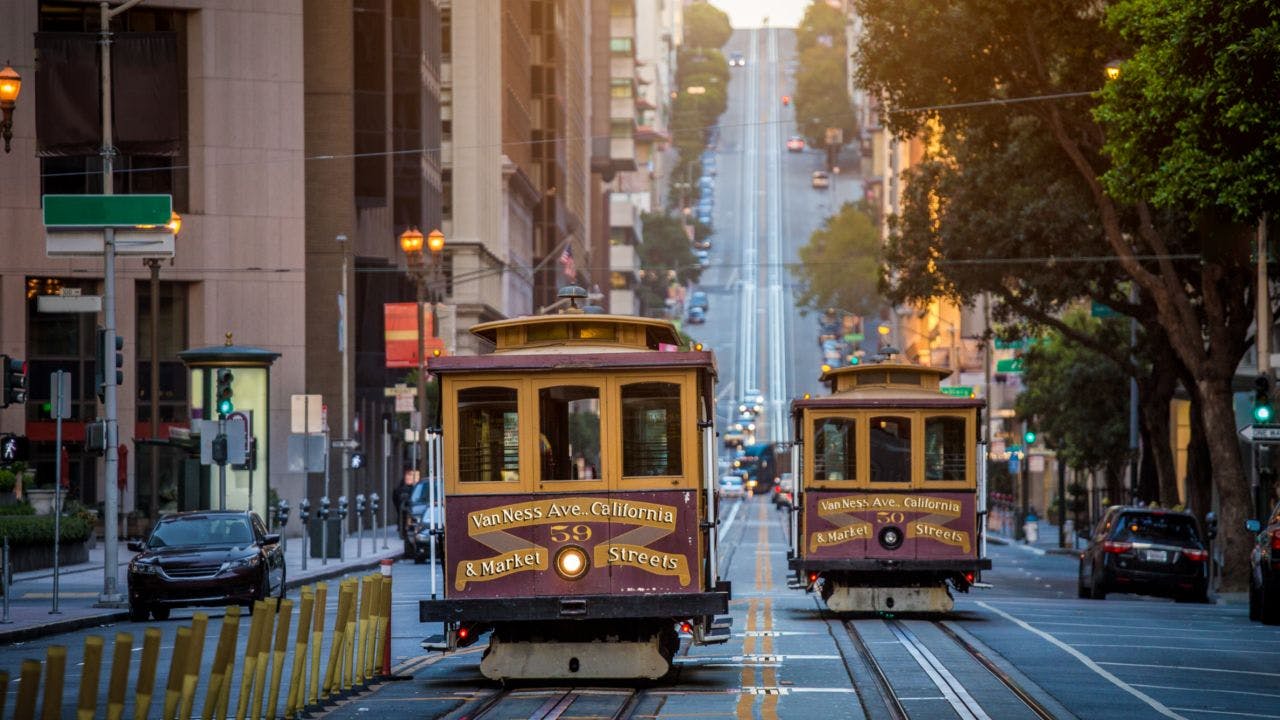Insights
The Art of Due Diligence: How to Avoid Fraud in the High-Value Art Market

By Goldie Gross
When hedge fund manager Pierre Lagrange paid $17 million for a purported Jackson Pollock painting in 2007, he thought he'd made another savvy investment. Around three years later, Lagrange learned the truth. After Sotheby’s and Christie’s refused to sell the painting, Lagrange commissioned a forensic analysis, which found that certain paints used in the artwork were produced after the artist's death. The work was a forgery. And just like that, Lagrange, like countless other art buyers before and after, learned an expensive lesson in the vital importance of buyer due diligence.
Prior to becoming an investigator, I conducted research at auction houses, an art advisory, and a gallery, and curated contemporary art exhibitions for a non-profit. Opacity is a word one hears a lot in the art world. While some information is public (if you know where to look for it), far more business is conducted behind closed doors than in the public realm. At $25.1 billion, public auctions accounted for less than half of the estimated $65 billion in sales in the art market—whose primary sales venues are auctions, galleries, art fairs, and the internet—in 2023, according to a 2024 report by Art Basel and UBS. While secrecy, anonymity, and light regulations can make for good business, an informed buyer it does not make, which is why due diligence can be particularly helpful in this industry.
The art market does not want for its share of negative news and litigation. Cases abound of collectors suing dealers and advisors for charging exorbitant sums for works for which they paid far less, and many a dealer has been jailed or otherwise penalized for fraudulent activities, including complicity in selling forgeries, embezzlement, and tax fraud. As a collector or an art-world human resources professional, how can you avoid buying from—or hiring—a bad egg?
In some industries, it is standard practice to conduct due diligence on those individuals and companies with which one transacts or hires. Adopting this practice in the art world could save millions—both in cash and legal fees. Say you met a dealer or advisor, or were referred to them through word of mouth—is a referral or good faith enough to trust someone with potentially millions of your dollars? Maybe you’re hiring a specialist or director who will be (hopefully) overseeing millions in transactions annually. Are a few reference calls enough to verify their track record? If history is any guide, the answer to both questions is a resounding no.
The recently closed trial of Russian billionaire Dmitriy Rybolovlev (via his company Accent Delight International Ltd.) against Sotheby’s brought to light just how much is at stake when one trusts a dealer (or would-be advisor) and does not conduct independent diligence and research when buying works of art. Retaining an investigations firm to conduct high-level background checks—with a focus on the veracity of employment history and potential conflicts of interest, claimed credentials, and the presence of litigation and reputationally damaging press—can help a diligent buyer mitigate risk and ensure that the person with whom they are transacting is a trustworthy individual. Asset research may be used to assess whether a high-flying dealer (or any other person, for that matter) is who they present themselves to be. Research into property, luxury vehicles, aircraft, and watercraft holdings, and in certain cases, other works of art an individual claims to own, can confirm the authenticity of the seller.
Furthermore, when it comes to buying works of art, obtaining independent valuations for pieces one intends to purchase—whether through a second, unbiased opinion from an art world professional, an art appraiser, or through an investigations firm with experience in art market research—can help one avoid grossly overpaying for artwork. If similar pieces have recently sold for a certain amount, one certainly could consciously choose to pay double for a host of reasons, but one should understand that they’re generally paying above the artist’s market rate.
This diligence shouldn’t only apply to a collector’s relationship with dealers. It can apply to auction, gallery, and broader arts relationships as well as major consignment and loan agreements. (Has an institution had issues protecting work from damage or theft?) Diligence should also be considered prior to fractional or whole-art investments, among other things. (Do a company’s financial projections for a work of art truly reflect an artist’s historical performance?)
The bottom line: Significant investments or financial relationships in art or the art world should be treated like any other—and subject to appropriately rigorous diligence prior to commitment.


